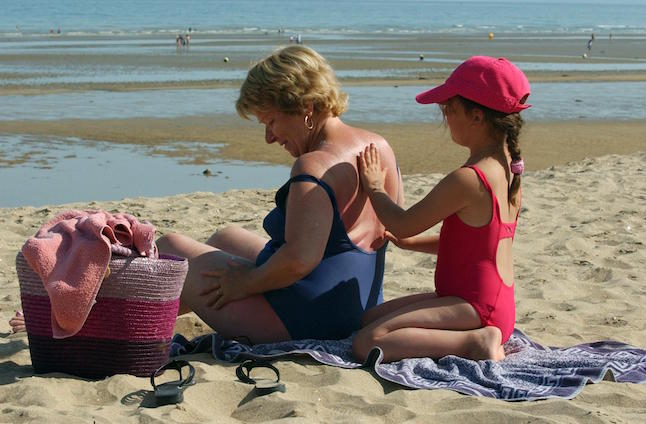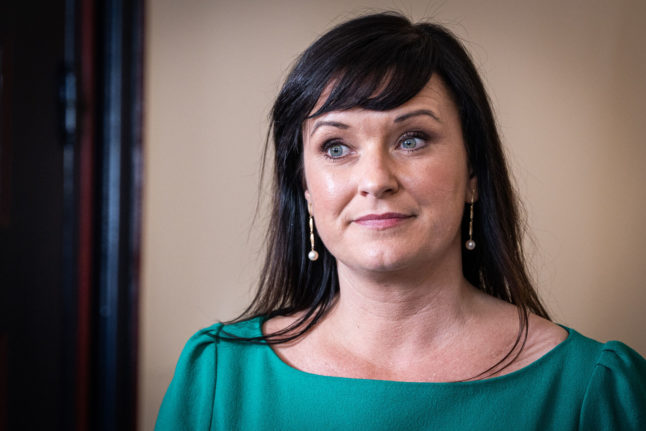The Spanish Agency for Medicines and Health Products (AEMPS) and the Ministry of Health, requested on Tuesday the voluntary withdrawal of 14 sun creams because the sun protection factor (SPF) that they advertise does not correspond to the labelling.
The results were discovered during a recent trial AEMPS carried out to guarantee that the sun protection factor is the one announced by the manufacturers. The trials focused on sunscreens with SPF 50 or SPF 50+, especially those with very light creams, mists and sprays. The agency chose 19 products from companies in different countries, of different sizes and price points.
Only five of the 19 creams analysed provided protection that was consistent with its labelling.
Five of the sun creams had an SPF much lower than that indicated on their labels, always below an SPF factor of 29.9. These are:
- Abelay Sunscreen SPF50 from Ab7
- Mussvital Photoprotector Spray Ultra Light 50+ aerosol from Peroxfarma
- Eucerin Sun Sensitive Protect Sun Spray Transparent Dry Touch SPF 50 High by Beiersdorf AG
- Hawaiian Tropic Silk Hydratation Solar Mist air soft SPF 50+ (High) by Wilkinson Sword
- Australian Gold SPF Botanical SPF 50 continuous spray by Biorius
Nine of the sunscreens were found to have an SPF of between 30 and 49.9, instead of the advertised 50. These were:
- Les Cosmetiques Sun Ultimate Sensitive SPF 50+ sun spray for sensitive skin from Carrefour
- Belle & Sun Invisible Sun Mist SPF 50 by Perseida Beauty
- Isdin Photoprotector Fusion Water SPF 50 from ISDIN daily use facial sunscreen
- Farline sun spray SPF 50+ 200 mL Very High Protection
- Babaria Solar Protective Mist SPF 50 by Berioska
- Seesee Transparent Sun Spray SPF 50+ by Cosmetrade
- Piz Buin Hydro Infusion Gel Sun Cream SFP 50 High Protection by Johnson & Johnson Santé Beauté
- Ladival Sensitive Skin SPF 50+ from STADA Arzneimittel AG
- Lancaster Sun Sensitive Luminous Tan Comfort cream SPF 50+ by Coty
No incidents of sunburn related to any of these products have been reported, however the Ministry of Consumption has started to investigate possible illicit advertising and unfair practices, and where appropriate, will sanction the manufacturers.
According to Weather Online, the UV Index in Spain and other Mediterranean countries is a lot higher than in northern European countries. Indices of 9 and 10 are common, whereas, in the UK, the UV Index rarely exceeds 8.
If you’re looking for extra protection this summer, a new app, UV-Derma has been released by professors from the University of Malaga, which calculates how long you can stay in the sun before burning.
READ ALSO: Climate crisis: Spain records hottest year in 2020



 Please whitelist us to continue reading.
Please whitelist us to continue reading.
Member comments